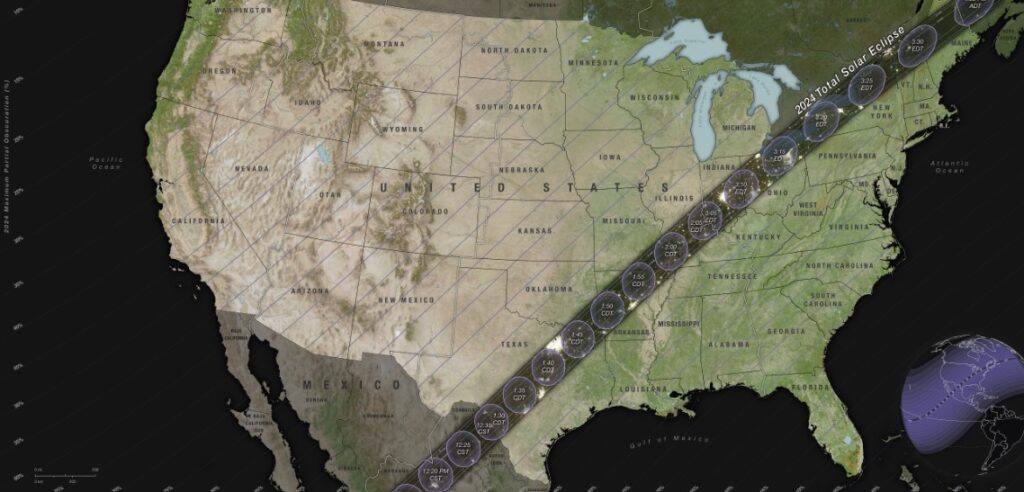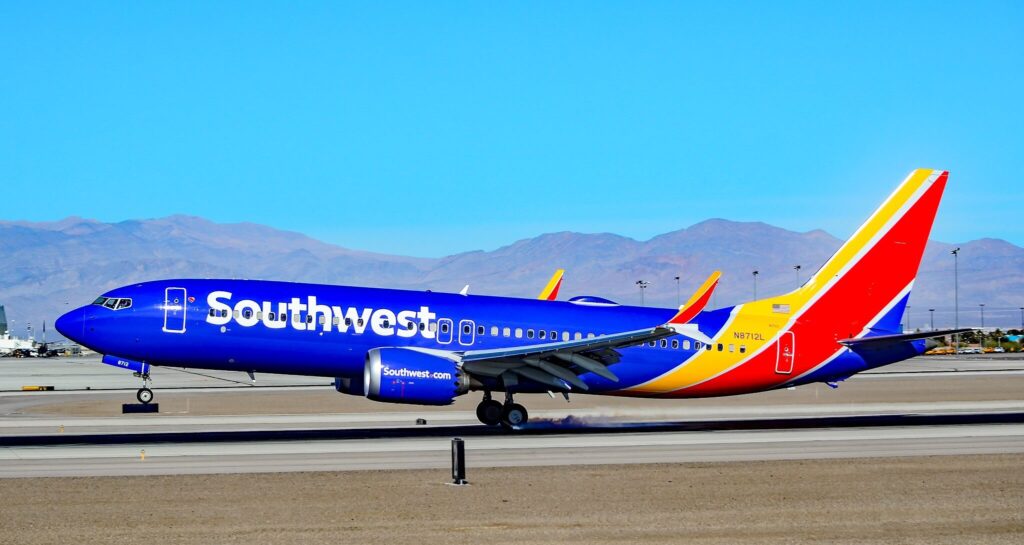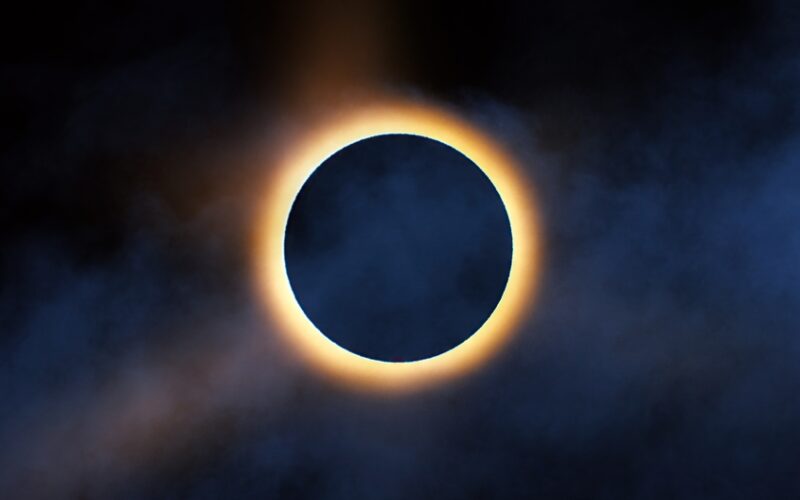US-based airlines are busy preparing for what is expected to be the busiest ever period for air travel in the country in its history. Areas of North America are due to be treated to spectacular views of a total solar eclipse occurring in April 2024.
A total solar eclipse occurs when the Moon passes directly between the Sun and the Earth. The result is that certain areas of the Earth are directly in line with the eclipse and are cast in an eerie shadow as those who can stand in the Moon’s shadow get to witness the once-in-a-lifetime visual spectacle of observing the Sun’s corona creating a dazzling silver edge around the Moon’s circumference.
The “Great Total Solar Eclipse of 2024” (as it is being termed) is due to sweep across North America in a southwest to northeast direction from Mazatlán in Mexico to Newfoundland in Canada on April 8, 2024.
According to the eclipse-following website GreatAmericaEclipse.com, April 8, 2024, is anticipated to be one of the most viewed astronomical events in recent memory and maybe “the single-biggest mass travel event in the USA”.

Several US cities lie on the direct line of where the Moon’s shadow will be cast. As a result, US (as well as Mexican and Canadian) carriers are already stating that bookings to these cities both before and after the date of the eclipse are soaring as the public’s imagination is being captured by the chance to view the astronomical spectacle.
Cities inside the path of the eclipse that are seeing the most bookings include Mazatlán, Torreon, San Antonio, Austin, Dallas/Fort Worth, Indianapolis, Cleveland, Buffalo, Rochester, Syracuse, and Montreal. Other major cities that come close to the path of the eclipse include St Louis, Cincinnati, Detroit, and Toronto.
In addition, Boston, New York, Philadelphia, Baltimore, and Washington, D.C., are all within 200 miles of the path of totality and are expected to enjoy excellent views of the event.
The last total solar eclipse across the US took place in 2017. However, the 2024 eclipse is being touted as offering the longest totality seen in the country since 1806. The duration of totality for the April eclipse is expected to reach four minutes 27 seconds, with some parts of Texas achieving a totality of four minutes 23 seconds. By comparison, the 2017 eclipse achieved a maximum totality over land of just two minutes and 41 seconds.
According to the American Astronomical Society, “totality” is “the maximum phase of a total solar eclipse, during which the Moon’s disk completely covers the Sun’s bright face”.
How to view
To celebrate the celestial-obscuring event, Southwest Airlines has earmarked several scheduled flights that will offer passengers the best view of the event. Three Southwest flights that “may give passengers the greatest likelihood” of the best view are WN1252 from Dallas-Love Field (DAL) to Pittsburgh (PIT) at 12:45, WN1721 which departs Austin (AUS) at 12:50 heading to Indianapolis St. Paul (IND), and WN1910 departing St. Louis (STL) at 13:20 heading to Houston-Hobby Airport (HOU).
The same carrier has also identified a few flights that may cross the path of totality departing from airports such as Houston (Hobby), Milwaukee (MKE), Chicago (ORD), and Nashville (BNA).

Meanwhile, Burlington’s Patrick Leahy International Airport (BTV) in Vermont is making its airfield available for public eclipse viewing. The airport will offer the opportunity to mark the occasion with unrivaled views of the event. The partial eclipse is expected to begin at 14:14 with three minutes and 14 seconds of totality commencing at 15:26. The partial eclipse will end at 16:37.
How not to view
Any AeroTime readers tempted to view the upcoming eclipse on April 8.2024 are reminded that viewing an eclipse without taking the necessary precautions can be extremely detrimental to one’s eyesight.
AeroTime recommends that those planning to watch this (or indeed, any) solar eclipse should follow the Royal Astronomical Society safety guidelines which can be viewed in full via this link.
Until next time…
For those who are unable to get to the US in April 2024, there is a bit of a wait before your next chance. The next total solar eclipse across the contiguous US is due to occur on August 12, 2045.
However, elsewhere in the world, other locations will get to experience total solar eclipses in the coming years. These include parts of Europe in 2026 and 2027, Africa/Middle East also in 2027, and Australia/New Zealand in 2028.

